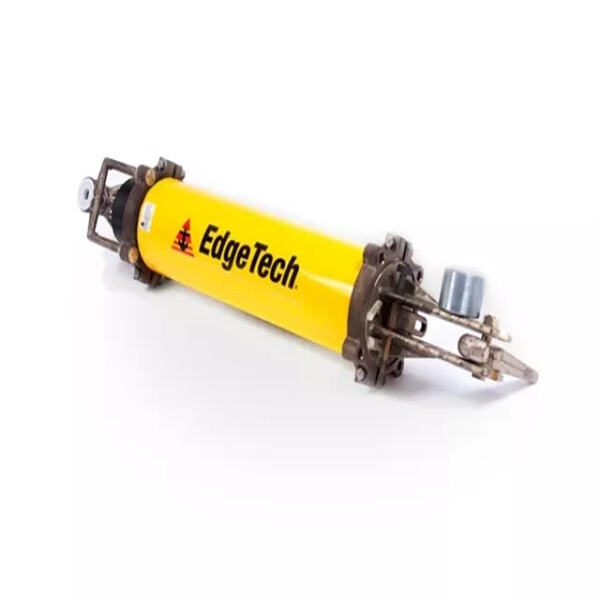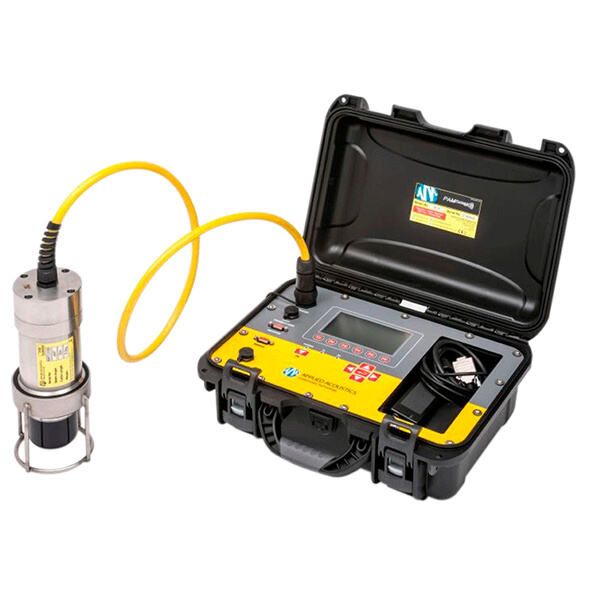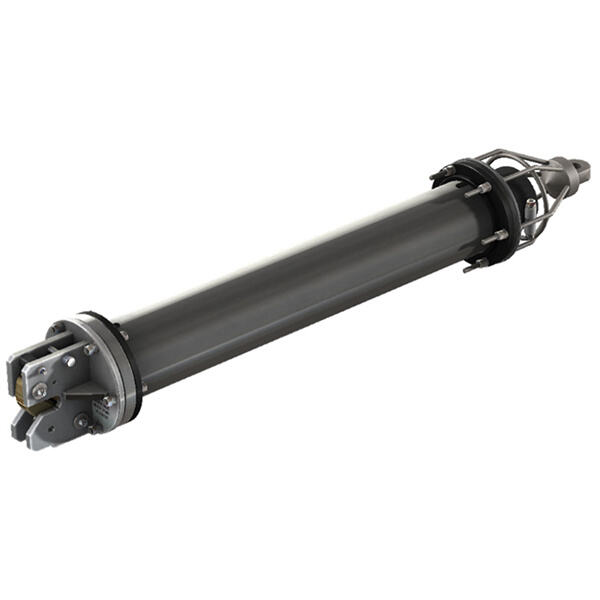They’re called acoustic releases and they are super cool tools that help people like me when we go to work under the water. Let’s find out how these gizmos … well, gizmo, and why they are so useful!
Acoustic release transponders are instruments that work in the ocean to aid in finding things that are lost below the water’s surface. The devices, which communicate with one another using sound waves, can be programmed to drop something in the water. When the transponder receives a special acoustic signal, it knows it’s time to drop whatever it’s holding.
If there’s something significant lost on the seabed - be it a piece of kit or a shipwrecked cargo - then it’s acoustic release transponders to the rescue! The convenient gadgets can be clamped to any submerged item, and when you're ready, pulled to free your lost treasure. This will make it more convenient for divers or robots to retrieve lost objects without having to bring them up from the ocean floor.

Acoustic release transponders are based on technology known as acoustic communication. That’s because they send and receive signals with sound waves, rather than wires or cables. When a signal is beamed from a special unit, known as a transducer, the transponder “hears” the signal and understands what to do. It is possible thereby to steer transponder under water with care.

One key advantage to using acoustic release transponders in marine research is that they can simplify and make underwater work safer. These devices allow scientists to drop equipment or sensors into the water and retrieve them when they are finished with their experiments. This can save time and effort and reduce any work-related accidents when working in the water.

Seaward can help make hydopgraphic projects more efficient and safe with the use of acoustic release transponders. Such gadgets make it easy to put down and retrieve equipment relatively fast, thus saving time and the number of people that must be in hazardous underwater locations. By using what are known as acoustic release transponders, Seaward can continue to investigate the undersea world without putting anyone at risk.